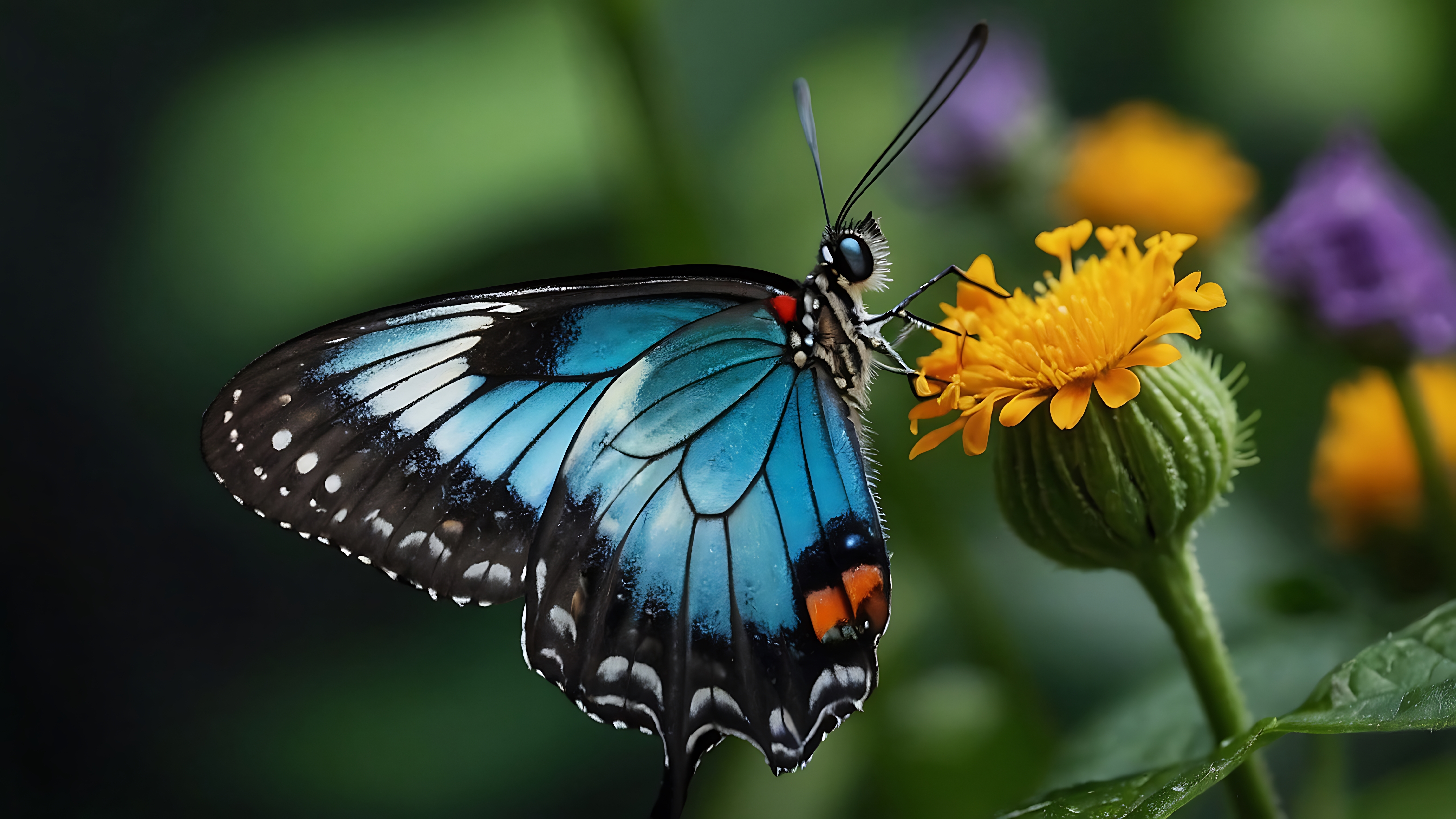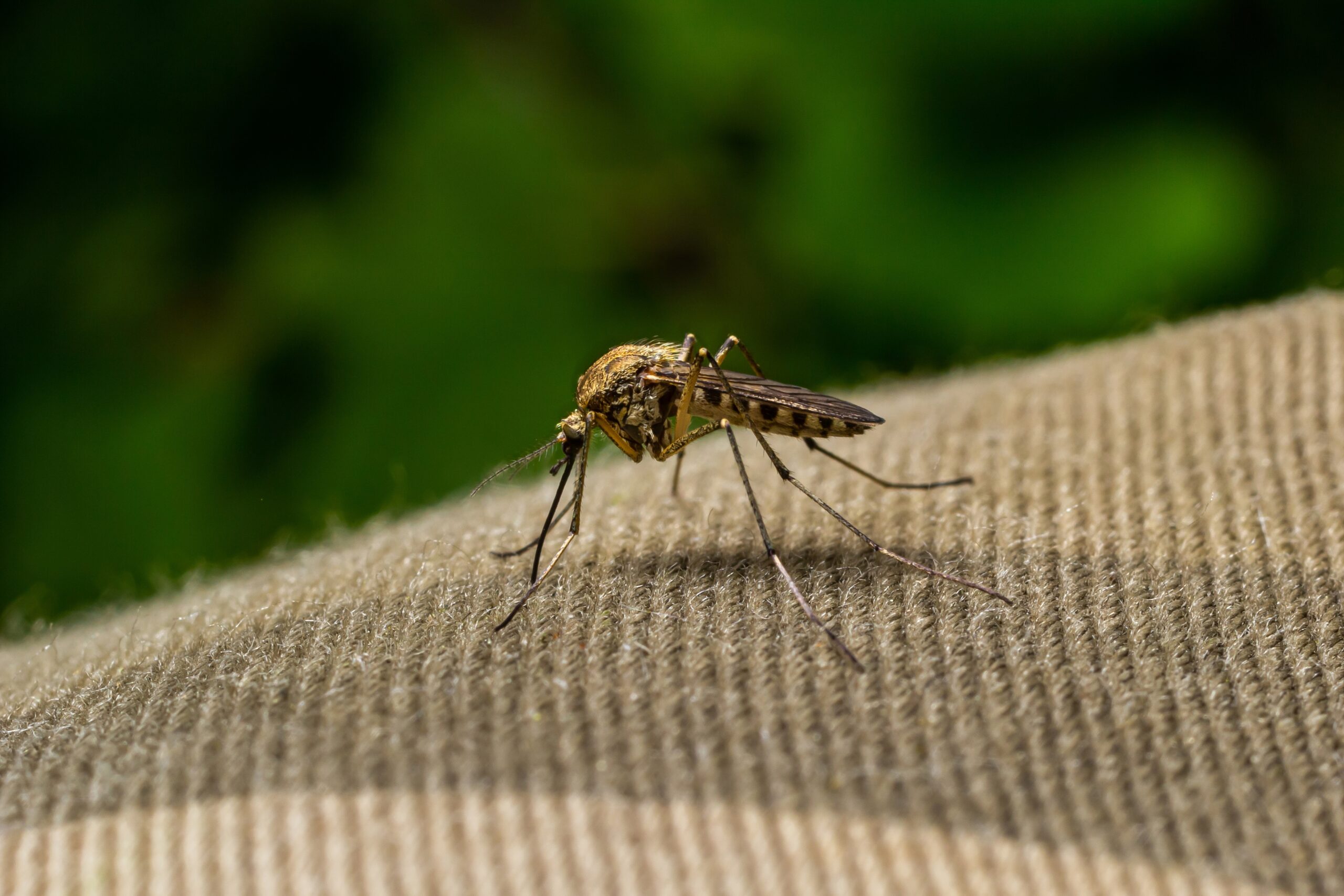What Times Of Day Are Pests Most Active?
What Times Of Day Are Pests Most Active?
Summary: Similar to jobs that operate on a shift schedule, pests are active at various times of day. This blog explains the characteristics of the pests active in the 4 general times of day: nighttime for nocturnal pests, daytime for diurnal pests, any time of day for cathemeral or metaturnal pests, and twilight for the crepuscular pests. There are also specific examples of the pests found in each time frame so people know which ones they might see at a certain time. Finally, it’s noted that Green Pest Services treats pests that are active at any time of day.
If it feels like pests don’t take a break from bothering us, it’s because they do not — well, sort of. While a lot of common pests are only active in the daytime, many start their “day” at night. Think of it like a shift at work. If your job operates on a shift schedule, you can work mostly in the day, the afternoon and evening, or the night.
Are there benefits for a pest that’s active during the day and not the night? Why do some pests seem to be more active during the transitional periods of the day, like dusk? Let’s answer these questions by examining the times of day to learn which pests are active during their “shifts” and why they benefit from that time.
The Night Owls — Nighttime — Nocturnal

Nocturnal pests complete their daily activities at night, so we usually just see the results of their work the next morning. Pests with good vision use the darkness to avoid threats by detecting small movements in the darkness. The cooler temperatures and plentiful hiding spots help nocturnal pests to find food without overheating or getting caught. Bed bugs might be the most common nocturnal pest since they thrive with the availability of food and hiding spots.
Another infamous nocturnal pest is the cockroach. They’re great hiders and professional scavengers, so they have no problem surviving the nighttime. Roaches eat a huge variety of items, but they’re adaptable since they don’t need to eat every night. The third nocturnal pest worth noting is the centipede. It has terrible eyesight and relies on its sensitive antennae to hunt their prey. Centipedes and roaches both need extra moisture to survive, so they usually stay near bathrooms, basements, and plumbing.
The Early Birds — Daytime — Diurnal

Many critters (and people) are active during the day, so diurnal animals are some of the most well-known pests ever. They’re active between sunrise and sunset because that’s the warmest time of the day, which benefits cold-blooded insects and arachnids. Diurnal pests also enjoy the benefit of thriving plants that open for the sun. Carnivorous pests get to feast on all of those diurnal garden pests, so it’s a win-lose solution.
Ants are another common diurnal pest, even though they’re more likely to encounter their predators. Worker ants lead the rest of their colony to a found food source by leaving a trail of pheromones, or scent chemicals. They find better food during the day, similar to houseflies. Since they prefer light, houseflies search for rotten and decaying food in well-lit areas. Their compound eyes help them to scope out their food sources and avoid being swatted by a newspaper.
The Easygoing Critters — Anytime — Cathemeral/Metaturnal

This is more of a casual group than a strict category, but it’s still worth mentioning. Both names can be used to describe this group of flexible pests. The basic idea behind this group is that they switch categories more easily than other pests. They adapt to be nocturnal, diurnal, or crepuscular, depending on the available resources. The food sources, temperatures, season, and predators are all reasons why moths and butterflies might switch times.
The best example of this category is the Lepidoptera order, aka moths and butterflies. Moths can fall under another category that we’ll discuss later, but they’re also active during other times. Butterflies are usually diurnal and may adapt to the darker times of day if needed. A very general rule of thumb is that colorful insects are usually diurnal and natural-toned insects are often nocturnal. This is mostly for camouflage purposes, since butterflies love flowers and moths prefer lights.
The Twilight (not the movies) Enjoyers — Dusk or Dawn — Crepuscular

Less popular than daytime and nighttime, the transitional times of day still see quite a few common pests. Crepuscular pests are most active either before sunrise or right after sunset. They peak with the rising or setting sun, then their activity dwindles with the change in sunlight.
There are 2 subcategories under the Crepuscular title:
- Matutinal Pests: They’re most active during the dawn when the sun is below the horizon. The matutinal pests are usually seen from dawn to mid-afternoon, but they can start earlier during the summer months. The most common pests include certain flies, mosquitoes, and bees. Matutinal pests have the benefits of lower temperatures and less birds, which are a major threat to every pest.
- Vespertine Pests: These pests are most active during dusk, when the sun is setting below the horizon. They prefer the first few hours after the sum sets because they have a touch of natural light for their hunting and mating. The well-known pests include spiders, moths, mosquitoes, and rodents. Vespertine pests adapted to this time because they enjoy the great hunting, abundant food, and fewer enemies.
Pest Protection At All Times Of Day
Whether you’re battling nocturnal pests, diurnal pests, or anything in between, Green Pest Services is here to help! Our experienced technicians provide both preventative and responsive services to fit all of your pest control needs. We solve each pest problem through a combination of thorough inspections, targeted treatments, and exclusion work. You don’t have to try to solve your pest problems on your own. We are always here when you need us, as it is our pleasure to keep you pest-free. Contact us today for a free quote on the most reliable pest control services around!
Citations
Coelho, S. & Shein, N. (n.d.). Beware of these 14 pests that only come out at night. Bob Vila. Available at (Accessed on September 17, 2024, from https://www.bobvila.com/slideshow/beware-of-these-14-pests-that-only-come-out-at-night-100826
Heggie, J. (n.d.) Nightlife: Animals after dark. National Geographic. Available at https://www.nationalgeographic.com/animals/article/paid-content-nightlife-animals-after-dark (Accessed on September 17, 2024).
Herald Staff Writer. (2014, February 21). Crepuscular creatures and animal sleeping habits. The Durango Harold. Available at https://www.durangoherald.com/articles/crepuscular-creatures-and-animal-sleeping-habits/ (Accessed on September 17, 2024).
Hoose, N.V. (2017, December 12). Night-flyers or day-trippers? Study sheds light on when moths, butterflies are active. Florida Museum. Available at https://www.floridamuseum.ufl.edu/science/night-flyers-or-day-trippers/ (Accessed on September 17, 2024).
When animals are active: Diurnal, nocturnal, and crepuscular. (n.d.). Ranger Planet. Retrieved September 17, 2024, from https://rangerplanet.com/when-animals-are-active-diurnal-nocturnal-crepuscular/
How to Maintain a Pest-Free Kitchen for the Holidays
How to Maintain a Pest-Free Kitchen for the Holidays How to Maintain a Pest-Free Kitchen for the Holidays Summary: This blog educates homeowners [...]
Pests That Invade Packages & Boxes: How to Prevent Hidden Infestations
Pests That Invade Packages & Boxes: How to Prevent Hidden Infestations Pests That Invade Packages & Boxes: How to Prevent Hidden Infestations Summary: [...]
Keep Pests Out of Your Holiday Gatherings
Keep Pests Out of Your Holiday Gatherings Keep Pests Out of Your Holiday Gatherings Summary: The holiday season is all about good food [...]
Cold Weather vs. Warm Weather Infestations: How Temperature Shapes Pest Activity
Cold Weather vs. Warm Weather Infestations: How Temperature Shapes Pest Activity Cold Weather vs. Warm Weather Infestations: How Temperature Shapes Pest Activity Summary: [...]
Garden Pests Do Not Hibernate Indoors – How They Attack Houseplants And What To Do
Garden Pests Do Not Hibernate Indoors – How They Attack Houseplants And What To Do Garden Pests Do Not Hibernate Indoors – How They Attack [...]
The Scariest Pests (And Why They Freak Us Out)
The Scariest Pests (And Why They Freak Us Out) The Scariest Pests (And Why They Freak Us Out) Summary: A practical, homeowner-friendly guide [...]

